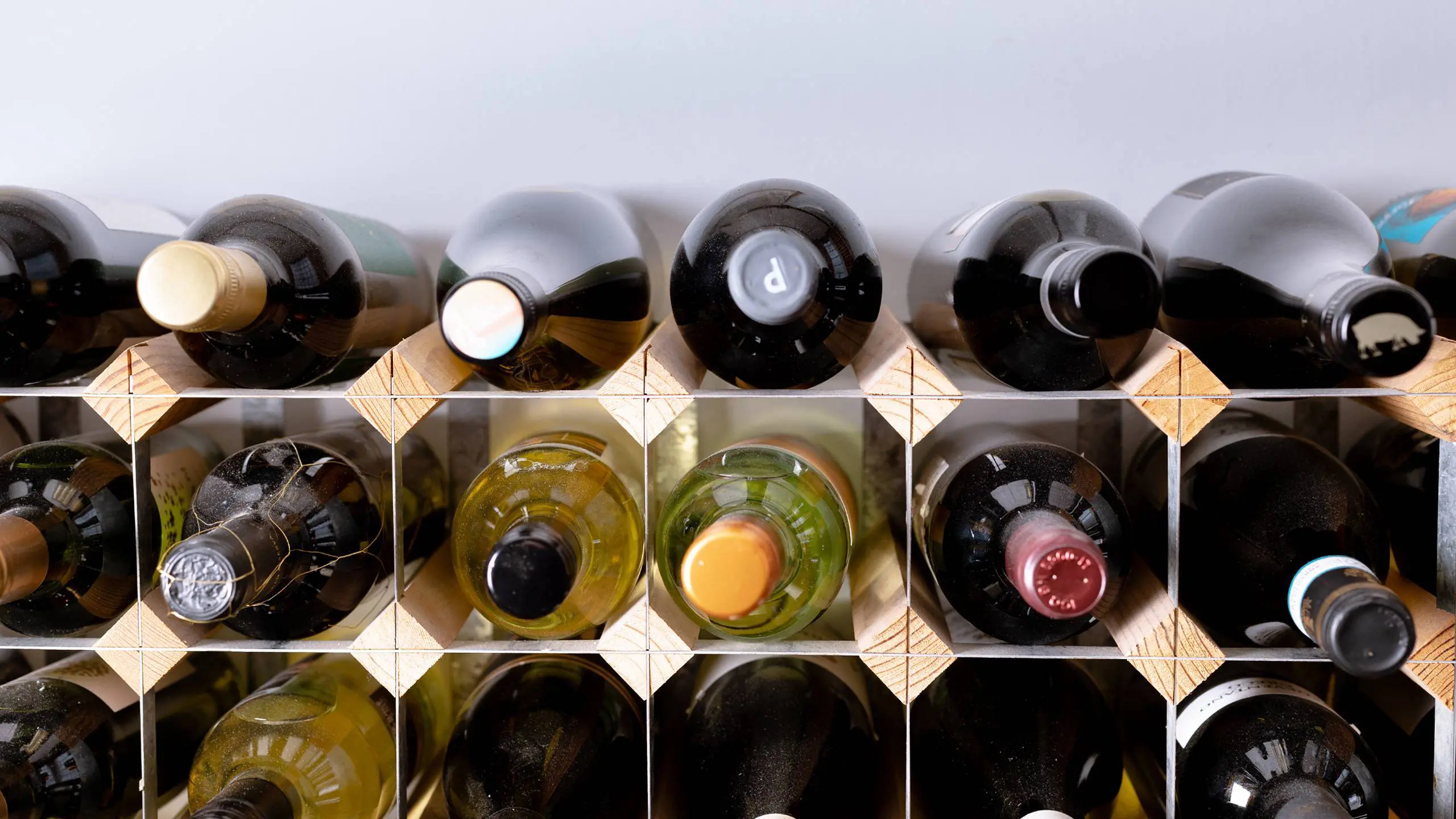

Articles
How To Store Merlot
Modified: March 21, 2024
Learn the best methods for storing Merlot in this informative article. Discover the ideal conditions to preserve the flavor and quality of your favorite wine.
(Many of the links in this article redirect to a specific reviewed product. Your purchase of these products through affiliate links helps to generate commission for Storables.com, at no extra cost. Learn more)
Introduction
Merlot is a popular red wine variety known for its smoothness, rich flavors, and versatility. Whether you’re a wine enthusiast, a connoisseur, or simply enjoy a glass of Merlot now and then, proper storage is crucial to preserving its quality and ensuring a delightful drinking experience.
When it comes to storing Merlot, there are several factors to consider, including temperature, humidity, light exposure, and bottle positioning. In this article, we will delve into the art of Merlot wine storage, providing you with valuable insights and tips to help you preserve your favorite bottle to its fullest potential.
Understanding the optimal conditions for storing Merlot is essential to maintaining its taste, aroma, and overall quality. Improper storage can lead to oxidation, spoilage, and a diminished drinking experience.
So, let’s raise a glass and dig deeper into the world of Merlot wine storage, where we will explore the importance of the right storage location, temperature and humidity control, proper bottle positioning, light exposure, handling and storing opened bottles, and long-term storage for aging. Let’s unlock the secrets to preserving the perfect Merlot.
Key Takeaways:
- Proper storage of Merlot is crucial for preserving its rich flavors and aromas. Factors such as temperature, humidity, and light exposure play a significant role in maintaining the wine’s quality and longevity.
- Storing opened bottles of Merlot requires careful handling and refrigeration to preserve freshness. Investing in proper storage equipment and controlling environmental factors are essential for long-term aging of Merlot.
Read more: How Many Carbs Is A Glass Of Merlot
Understanding Merlot Wine Storage
To truly appreciate the flavors and nuances of Merlot wine, it’s crucial to understand the principles behind proper storage. Merlot, like most wines, is sensitive to its environment and can be affected by factors such as temperature, humidity, light, and even the position in which it’s stored.
When it comes to temperature, Merlot fares best in a cool and stable environment. The ideal temperature range for storing Merlot falls between 55°F (12°C) and 65°F (18°C). Fluctuations in temperature can cause the wine to expand and contract, which can lead to a loss of flavor and potential damage to the bottle. It’s important to store Merlot away from heat sources and areas where temperature fluctuations occur frequently, such as near windows or heating vents.
In addition to temperature, humidity is another crucial factor for proper Merlot wine storage. The ideal humidity level for storing Merlot falls between 50% and 70%. Humidity levels that are too low can dry out the cork, leading to oxidation and spoilage of the wine. On the other hand, excessive humidity can cause mold or damage to the label. To maintain the appropriate humidity, consider using a wine cellar or a wine refrigerator with humidity control capabilities.
Another key consideration in Merlot wine storage is the position of the bottle. Storing the wine horizontally is recommended, as it keeps the cork moist and prevents it from drying out. A dry cork can lead to air seepage, oxidizing the wine and negatively impacting its taste and aroma.
Lastly, light exposure can also affect the quality of Merlot wine. Ultraviolet (UV) rays from direct sunlight or fluorescent lighting can cause chemical reactions in the wine, leading to a phenomenon known as “lightstruck.” To protect your Merlot from light damage, store it in a dark and shaded area or use dark-colored wine bottles.
Understanding the fundamentals of Merlot wine storage is the first step towards preserving its quality and enjoying its flavors to the fullest. By controlling temperature, humidity, bottle positioning, and light exposure, you can ensure that each sip of Merlot is a delightful experience. In the next sections, we will dive deeper into each aspect of storing Merlot, providing you with practical tips and guidance.
Choosing the Right Storage Location
When it comes to storing your precious bottles of Merlot, the right storage location can make all the difference. The goal is to find a place that provides the ideal conditions of temperature, humidity, and light exposure.
One of the best options for long-term storage is a wine cellar. Wine cellars offer a controlled environment with stable temperature and humidity levels. If you have the space and resources, investing in a wine cellar can be an excellent choice for storing your Merlot collection.
If a wine cellar is not an option, consider a wine refrigerator or cooler. These appliances provide the ability to set and maintain a specific temperature, ensuring optimal conditions for your Merlot. Look for models with humidity control features to further protect your wine.
If you don’t have access to a wine cellar or refrigerator, you can still store your Merlot in a cool, dark, and dry place in your home. Avoid storing your wine in areas that are subject to frequent temperature fluctuations, such as near the kitchen or a window.
It’s important to note that storing your Merlot in a regular refrigerator is not recommended for long-term storage. The low humidity and constant movement of the refrigerator can negatively impact the wine’s quality over time.
When considering the storage location, also think about the space where your bottles will be placed. Ensure that they are not exposed to vibrations or excessive movement, as this can disturb the sediments in the wine and affect its flavor and texture.
Lastly, consider the security of the storage location. If you have rare or valuable bottles of Merlot, you may want to invest in a lockable cabinet or wine storage unit to protect your collection from theft or accidental damage.
By choosing the right storage location, you can create an environment that preserves the integrity and quality of your Merlot. Whether it’s a dedicated wine cellar, a wine refrigerator, or a cool and dark corner of your home, finding the perfect spot ensures that your Merlot is stored in optimal conditions, ready to be enjoyed whenever the occasion calls for it.
Temperature and Humidity Control
Temperature and humidity are crucial factors in maintaining the quality and longevity of your Merlot. Proper control of these elements ensures that your wine matures gracefully and develops its full range of flavors. Let’s explore how to achieve the ideal temperature and humidity for storing Merlot.
First and foremost, it’s important to store your Merlot in a cool environment with a consistent temperature. Fluctuations in temperature can negatively impact the wine, leading to premature aging or spoilage. Aim for a temperature range of 55°F (12°C) to 65°F (18°C). This range allows the wine to age slowly and develop complex flavors.
To achieve the optimal temperature, consider a wine refrigerator or cellar with temperature control capabilities. These specialized storage solutions maintain a stable and consistent temperature, protecting your Merlot from sudden changes that can damage the wine. If you’re using a regular refrigerator, be sure to set it to the appropriate temperature for wine storage.
Equally important is controlling the humidity level. The ideal humidity range for storing Merlot falls between 50% and 70%. Humidity levels that are too low can dry out the cork, allowing air to enter the bottle and spoil the wine. On the other hand, excessive humidity can promote mold growth and damage the labels. Maintaining the right humidity prevents your Merlot from aging prematurely and ensures its longevity.
In a wine cellar or refrigerator, humidity is often regulated automatically. However, if you’re storing your Merlot in a non-specialized space, consider using a humidifier or a Styrofoam container filled with water to increase humidity. Conversely, you can use dehumidifiers or moisture-absorbing packets to reduce humidity if it’s too high.
Monitoring the temperature and humidity levels regularly is essential. Invest in a reliable hygrometer and thermometer to keep track of the conditions inside your storage area. This allows you to make any necessary adjustments to maintain the ideal environment for your Merlot.
By controlling the temperature within the recommended range and maintaining the proper humidity level, you can ensure that your Merlot wine ages gracefully and retains its distinctive flavors and aromas. Temperature and humidity control are key factors in preserving the quality and enjoyment of your Merlot collection.
Proper Bottle Positioning
The way you position your Merlot bottles during storage can have a significant impact on their quality and lifespan. Proper bottle positioning is crucial for preserving the integrity of the wine and ensuring its longevity. Let’s explore the recommended methods for storing your Merlot.
When it comes to bottle positioning, the general rule of thumb is to store Merlot bottles horizontally. This position ensures that the wine is in constant contact with the cork, keeping it moist and preventing it from drying out. A dry cork can shrink and allow oxygen to enter the bottle, leading to oxidation and spoilage of the wine.
Storing Merlot bottles horizontally also helps to prevent sediment buildup. Sediments naturally occur in aged wines and can settle at the bottom of the bottle over time. By storing the bottles on their sides, the sediments are distributed throughout the wine, limiting their concentration in one area. This makes it easier to pour the wine without disturbing the sediments when it’s time to enjoy a glass.
It’s important to note that not all wines require horizontal storage, but it is particularly important for wines with natural corks, like Merlot. Wines sealed with screw caps or synthetic corks can be stored upright without adverse effects. However, if you’re unsure, it’s always safe to store your Merlot bottles horizontally to ensure the longevity and quality of the wine.
When arranging your Merlot bottles, it’s a good idea to organize them in a way that allows easy access to each bottle without disturbing the others. This way, you can retrieve a specific bottle without causing unnecessary movement or vibration to the surrounding ones.
Consider investing in wine racks or storage units specifically designed to hold and organize wine bottles securely. These racks are designed to keep the bottles at the right angle, preventing them from rolling or tipping over. They also come in various sizes and styles to fit your storage space and aesthetic preferences.
Proper bottle positioning is a simple yet critical aspect of Merlot storage. By storing your bottles horizontally, you can ensure that the wine remains in contact with the cork, minimizing the risk of oxidation, preventing sediment accumulation, and ultimately preserving the quality and integrity of your beloved Merlot.
Store Merlot in a cool, dark place away from direct sunlight and temperature fluctuations. Store the bottle on its side to keep the cork moist and prevent it from drying out. Avoid storing it in the kitchen or near appliances that generate heat.
Read more: How Many Calories Is A Glass Of Merlot
Light Exposure and Protection
Light exposure is another important factor to consider when storing Merlot. Ultraviolet (UV) rays from sunlight or indoor lighting can cause chemical reactions in the wine, resulting in what is known as “lightstruck” or “light damage.” These reactions can lead to unpleasant aromas, off-flavors, and a degradation of the wine’s overall quality. To protect your Merlot from light damage, it’s essential to take certain precautions.
The first step in protecting your Merlot from light exposure is to store it in a dark environment. Avoid storing your wine in areas that are exposed to direct sunlight or intense artificial light sources. Instead, choose a cool and dimly lit location for storage.
If you have a wine cellar or a dedicated wine storage area, ensure that the room is properly shielded from UV rays. Consider using opaque curtains or blinds on windows to block out sunlight. Additionally, fluorescent lighting can also emit UV rays, so it’s advisable to use low-intensity or UV-filtered lighting options in your storage space. LED lights are a suitable choice as they emit negligible UV radiation.
Furthermore, the type of bottle you use can also make a difference in protecting your Merlot from light exposure. Dark-colored glass bottles, such as green or amber, are more effective at blocking UV rays than clear glass bottles. This is because dark glass provides an additional layer of defense against light penetration and helps to safeguard the wine from potential damage.
If you have wines in clear glass bottles, consider storing them in a wine rack or cabinet with opaque doors to shield them from light. You can also opt for wine bottle sleeves or protective wine wraps that are designed specifically to block out UV rays.
To further protect your Merlot from light exposure, you may want to consider investing in individual wine bottle sleeves or using a wine storage box specifically designed to shield bottles from light. These protective cases provide an extra layer of defense against UV rays while also safeguarding bottles from potential impact or breakage.
By limiting the exposure of your Merlot to light, you can preserve its flavors, aromas, and overall quality. Keeping your wine in a dark environment, using dark-colored glass bottles, and implementing additional protective measures like using UV-filtered lighting or wine bottle sleeves will go a long way in ensuring your Merlot is shielded from harmful light exposure.
Handling and Storing Opened Bottles
Once you’ve opened a bottle of Merlot, proper handling and storage are crucial to maintaining its freshness and flavor. Whether you plan to finish the bottle in one sitting or enjoy it over the course of a few days, following these guidelines will help ensure the quality of your opened Merlot.
First and foremost, when pouring Merlot, handle the bottle with care to minimize any unnecessary agitation. Gentle pouring helps prevent excessive exposure to air, which can lead to oxidation and the deterioration of the wine’s flavors.
If you are not planning to finish the entire bottle in one sitting, it’s best to reseal it promptly to minimize air contact. Replace the cork or use a wine stopper specifically designed to create an airtight seal. This will help preserve the freshness and prevent unwanted oxidation.
After resealing the bottle, store it in a cool and dark place. While it may be tempting to leave the bottle on the countertop, it is best to store it in the refrigerator, especially if you plan to consume the wine within a few days. The low temperature of the refrigerator slows down the oxidation process and helps to maintain the wine’s quality.
It’s important to note that extended storage of opened Merlot is not recommended. Once a bottle has been opened, the wine begins to interact with oxygen, which gradually changes its taste and aroma. Merlot is typically best enjoyed within three to five days after opening.
When ready to enjoy your stored opened Merlot, remove it from the refrigerator about 30 minutes before serving. Allowing the wine to come to a slightly warmer temperature ensures that the flavors and aromas are fully expressed. However, make sure not to leave the opened bottle at room temperature for too long to prevent temperature fluctuations that may affect the wine’s quality.
If you find that you frequently have leftover opened bottles of Merlot, consider using a vacuum wine sealer. These devices remove excess oxygen from the bottle, helping to prolong the wine’s freshness. It’s important to note that while these sealers can extend the drinkability of the wine, they are not foolproof, and the wine will still gradually deteriorate over time.
By handling and storing opened bottles of Merlot with care, you can maximize the enjoyment of the remaining wine. Proper resealing, refrigeration, and avoiding extended storage will help preserve the flavors and aromas of your opened Merlot for the duration of its drinkability.
Storing Merlot for Aging
Merlot is a wine that can benefit from aging, allowing it to develop more complex flavors and nuanced characteristics. If you have a bottle of Merlot that you intend to age, proper storage is crucial to ensure optimal maturation. Here are some key considerations for storing Merlot for aging.
The first step in storing Merlot for aging is to ensure that you have a suitable environment. The temperature and humidity conditions play a vital role in the proper aging process. It’s recommended to store your aging Merlot in a temperature-controlled wine cellar or a wine refrigerator set to a consistent temperature of around 55°F (12°C) to 65°F (18°C). This temperature range allows the wine to age gradually and develop desirable flavors.
In addition to temperature, humidity is equally important when aging Merlot. The ideal humidity level falls between 50% and 70%. Too low humidity can dry out the cork, leading to air seepage and potential oxidation. Too high humidity can promote mold growth or damage the wine labels. Controlling humidity within this range helps to ensure the integrity and preservation of the aging process.
When storing your Merlot for aging, it’s essential to store it horizontally. This position keeps the wine in contact with the cork, preventing it from drying out. A dry cork can result in air entering the bottle and impacting the wine’s quality. Additionally, storing the bottles horizontally helps prevent sediment accumulation, allowing the wine to age evenly.
Another factor to consider when aging Merlot is light exposure. Ultraviolet rays can negatively impact the aging process and alter the wine’s flavor profile. It’s crucial to store your aging Merlot in a dark environment or use dark-colored wine bottles that help block out harmful light. This protects the wine from light damage and ensures proper aging.
Lastly, when storing Merlot for aging, patience is key. While some Merlots may improve with a few years of aging, others may require several years to reach their full potential. It’s important to keep track of the aging timeline for each bottle and regularly assess its development. Consider keeping a record of the aging process, including the date of purchase, storage conditions, and tasting notes, to monitor the progress and determine the optimal time to enjoy the aged Merlot.
Storing Merlot for aging requires a dedicated and controlled storage environment to allow the wine to develop and mature gracefully over time. By considering the temperature, humidity, bottle positioning, and light exposure, you can create the ideal conditions for aging your Merlot and savoring its complex flavors and aromas.
Tips for Long-Term Storage
Long-term storage of Merlot requires extra care to ensure that the wine maintains its quality and matures gracefully. If you plan on storing your Merlot for an extended period, here are some essential tips to keep in mind:
1. Invest in Proper Storage: Consider investing in a wine cellar or a wine refrigerator with temperature and humidity control features. These specialized storage solutions provide the optimal conditions for long-term storage, ensuring that your Merlot ages properly.
2. Maintain Consistent Temperature: Aim for a temperature range between 55°F (12°C) and 65°F (18°C) for long-term storage. Fluctuations in temperature can negatively impact the wine’s quality, so it’s essential to maintain a stable environment for aging Merlot.
3. Control Humidity: Maintain a humidity level between 50% and 70% to prevent the cork from drying out and to avoid mold growth. Use humidifiers or moisture-absorbing packets to adjust humidity levels if necessary.
4. Store Bottles Horizontally: Storing Merlot bottles horizontally keeps the cork moist and prevents oxidation. It also helps distribute any sediment that may form over time, ensuring a consistent aging process.
5. Minimize Light Exposure: Protect your Merlot from direct sunlight and UV rays, as they can harm the wine’s flavor and quality. Store your bottles in a dark area or use dark-colored glass bottles to block out harmful light.
6. Minimize Vibrations and Movement: Avoid excessive vibrations or movement around your stored Merlot bottles, as they can disturb the sediments and impact the aging process. Store your bottles in a secure and stable location.
7. Keep a Record: Maintain a record of your stored Merlot, including the purchase date, storage conditions, and any tasting notes. This will help you track the progress and determine the optimal time to enjoy the aged wine.
8. Regularly Inspect and Rotate Bottles: Check your stored Merlot periodically for any signs of damage or leakage. Additionally, consider rotating the bottles occasionally to ensure even aging and to prevent sediment settlement.
9. Avoid Strong Odors: Store your Merlot away from strong odors, as wine is susceptible to absorbing smells from its surroundings. This can negatively impact the wine’s aroma and overall flavor profile.
10. Consider Professional Storage: If you don’t have access to a suitable storage environment or if you have a valuable collection, consider professional storage options. Wine storage facilities offer optimal conditions and additional security measures to safeguard your long-term aging Merlot.
By following these tips, you can ensure that your Merlot is stored properly for long-term aging. Taking the necessary precautions and maintaining a controlled environment will allow your wine to mature gracefully, resulting in a truly exceptional drinking experience when the time comes to uncork the aged Merlot.
Read more: How To Store Basil From Store
Conclusion
Proper storage of Merlot is essential for preserving its quality, flavor, and aroma. By understanding the factors that can affect Merlot wine storage and taking necessary precautions, you can ensure that each bottle delivers a delightful drinking experience. From choosing the right storage location to controlling temperature and humidity, positioning bottles correctly, minimizing light exposure, and handling opened bottles with care, every step contributes to maintaining the integrity of this beloved red wine.
Whether you’re storing Merlot for short-term enjoyment or long-term aging, the guidelines provided in this article serve as a roadmap to optimal storage practices. By implementing these tips and recommendations, you can unlock the full potential of your Merlot collection and enjoy the rich flavors and characteristics it has to offer.
Remember to choose a suitable storage location that provides the right temperature and humidity control, ensuring the wine’s stability and allowing it to age gracefully. Positioning bottles horizontally helps keep the cork moist, preventing oxidation, while minimizing light exposure protects the wine from harmful UV rays. When handling and storing opened bottles, take care to minimize air contact and store them in a cool place to preserve their freshness.
For long-term storage, invest in proper storage equipment or consider professional storage options to provide the ideal aging conditions for your Merlot. Regularly inspect and rotate your bottles, keeping records of their storage conditions and development over time.
By incorporating these practices into your Merlot wine storage routine, you can savor the richness and complexity of this exceptional red wine for years to come. So, whether you’re enjoying a bottle of Merlot tonight or planning to age a few bottles for future celebrations, proper storage ensures that each glass is a true delight.
Frequently Asked Questions about How To Store Merlot
Was this page helpful?
At Storables.com, we guarantee accurate and reliable information. Our content, validated by Expert Board Contributors, is crafted following stringent Editorial Policies. We're committed to providing you with well-researched, expert-backed insights for all your informational needs.

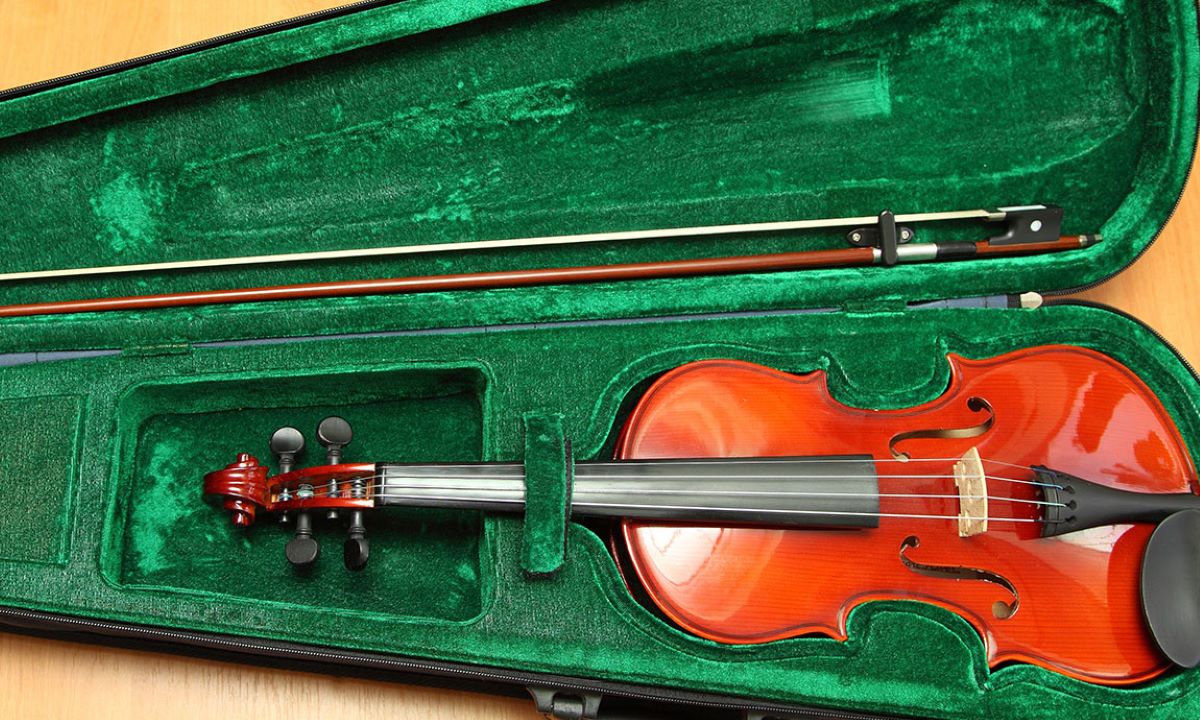
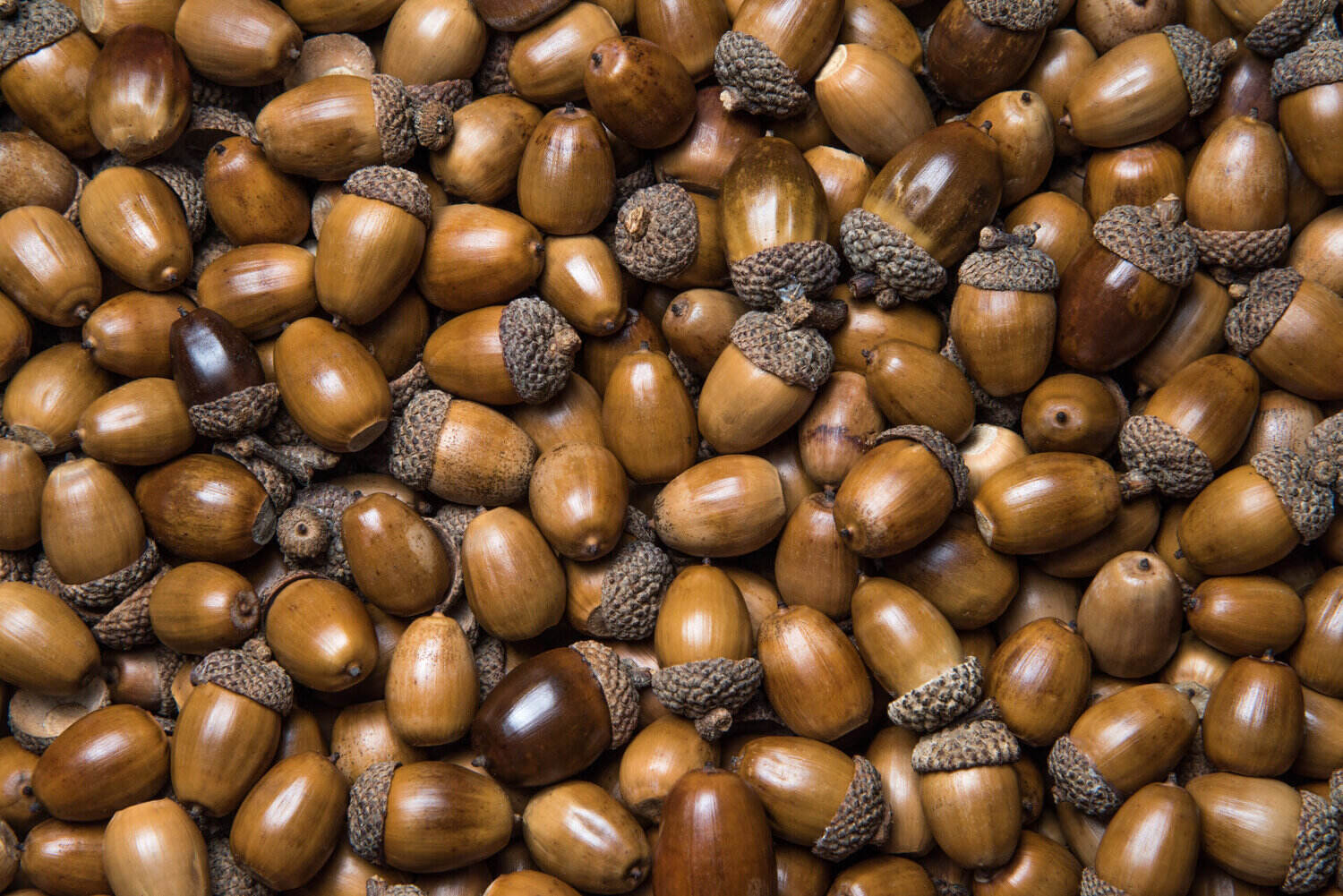
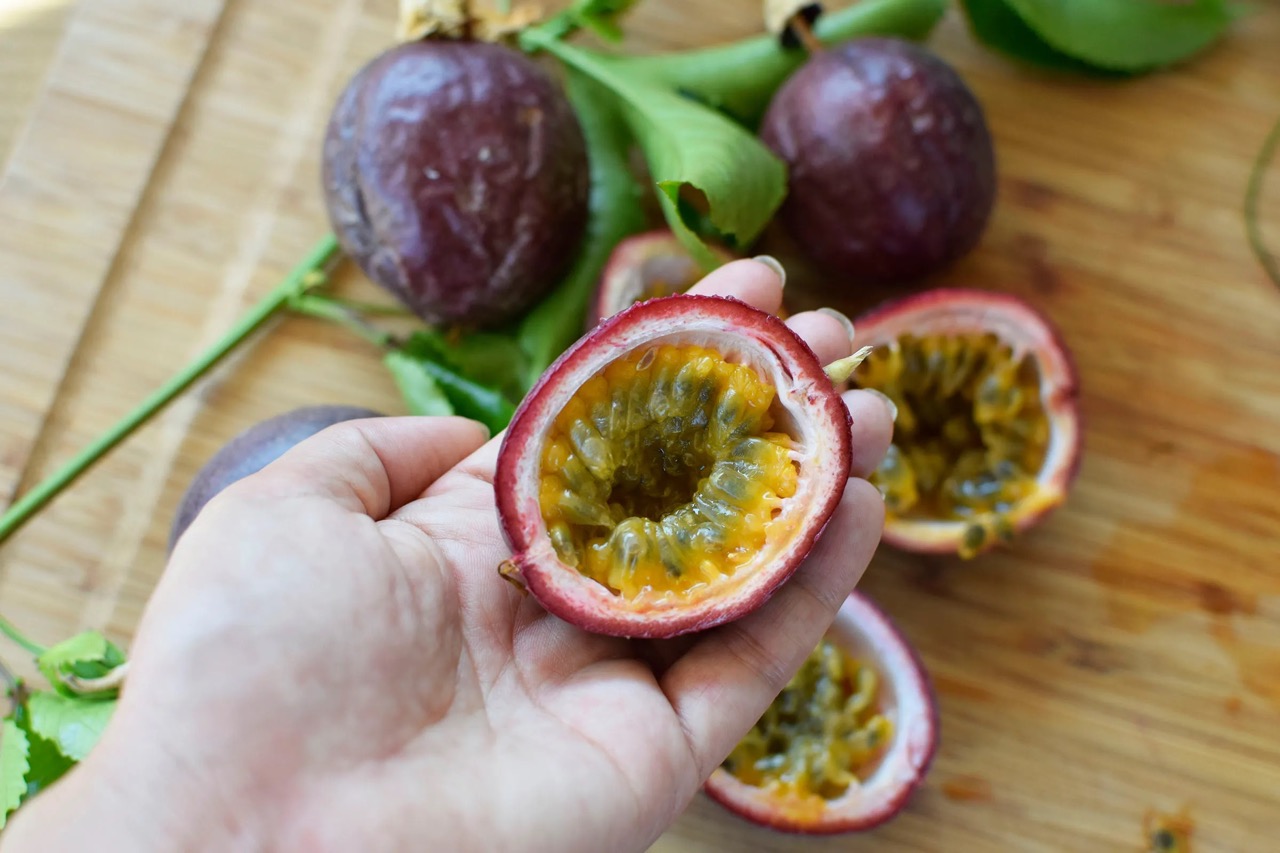
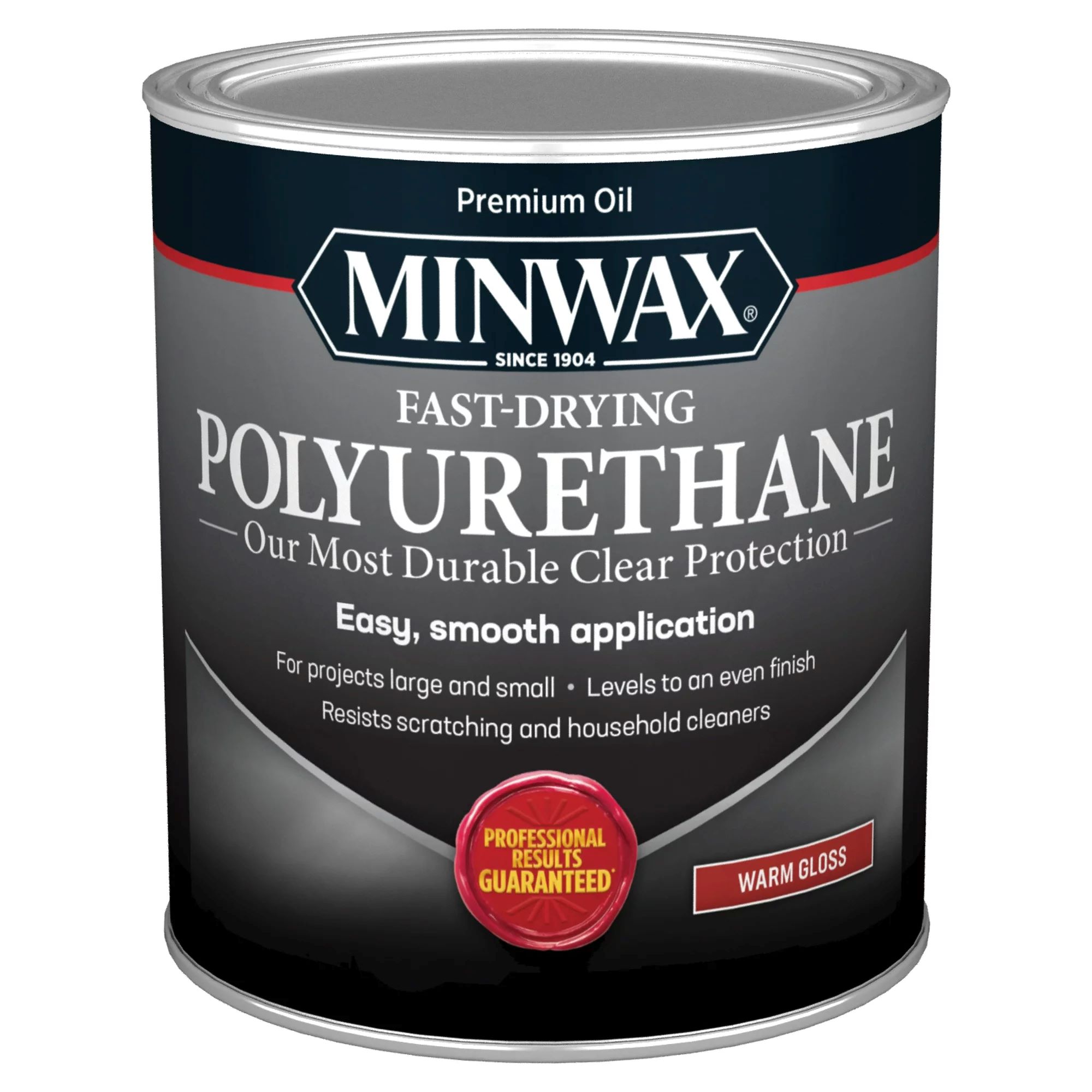
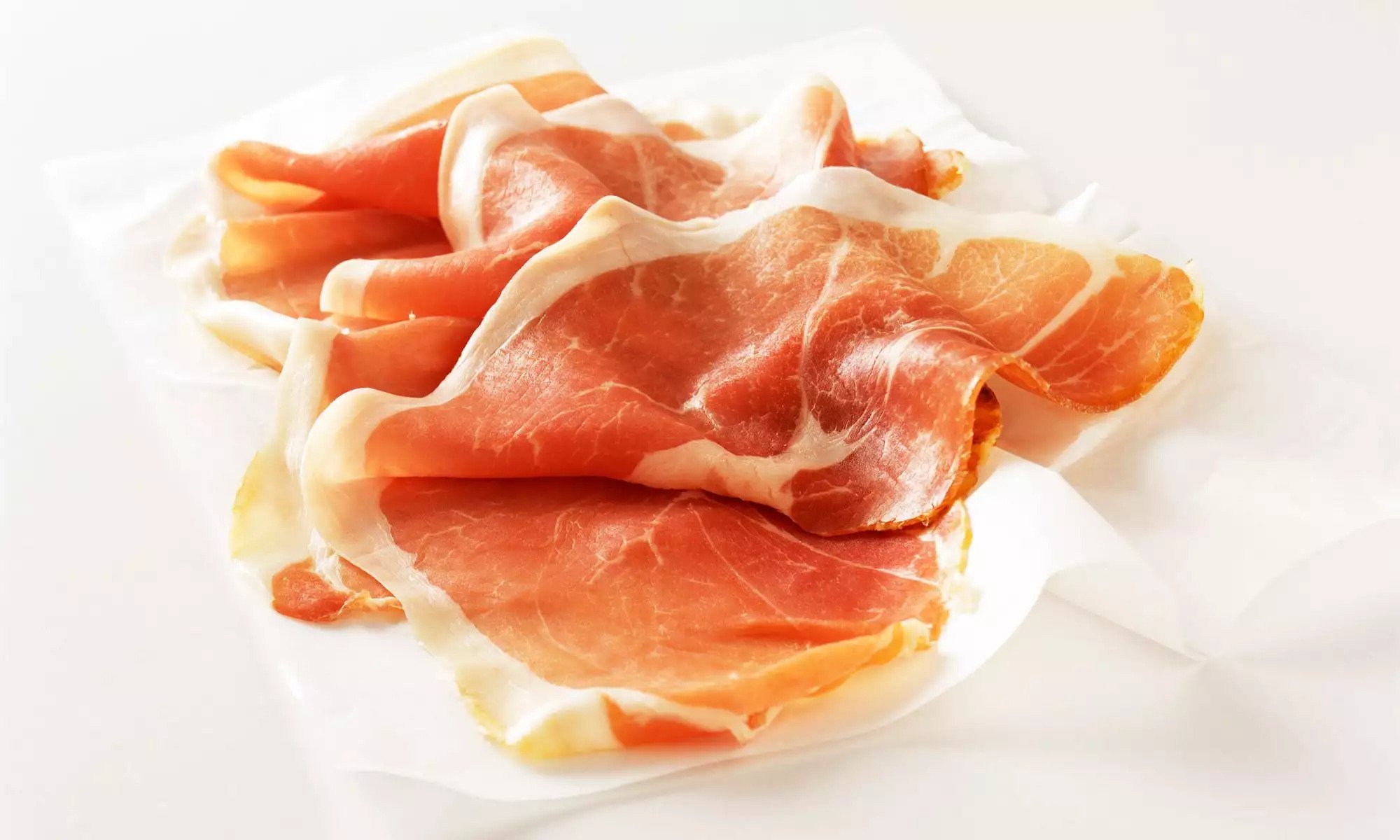
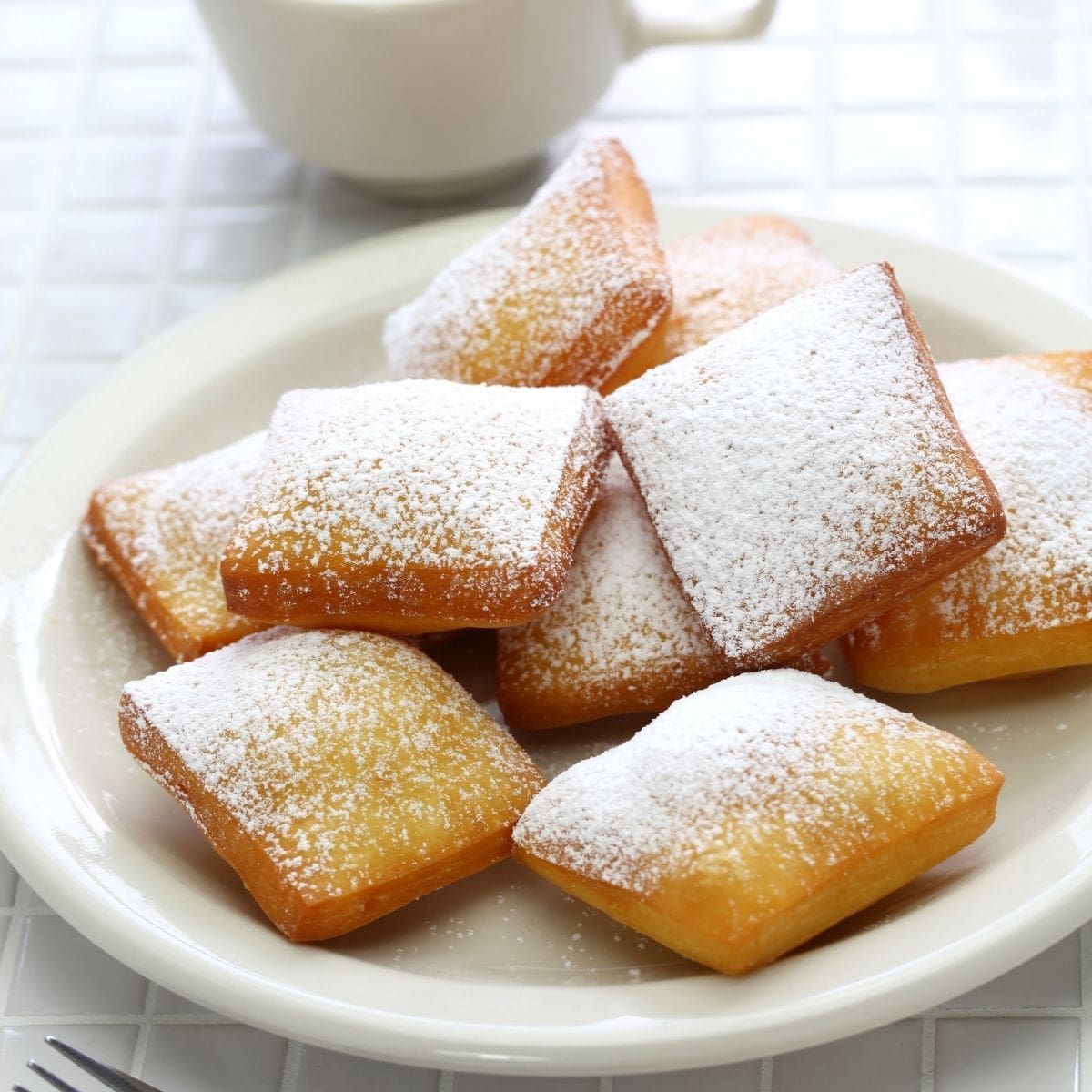

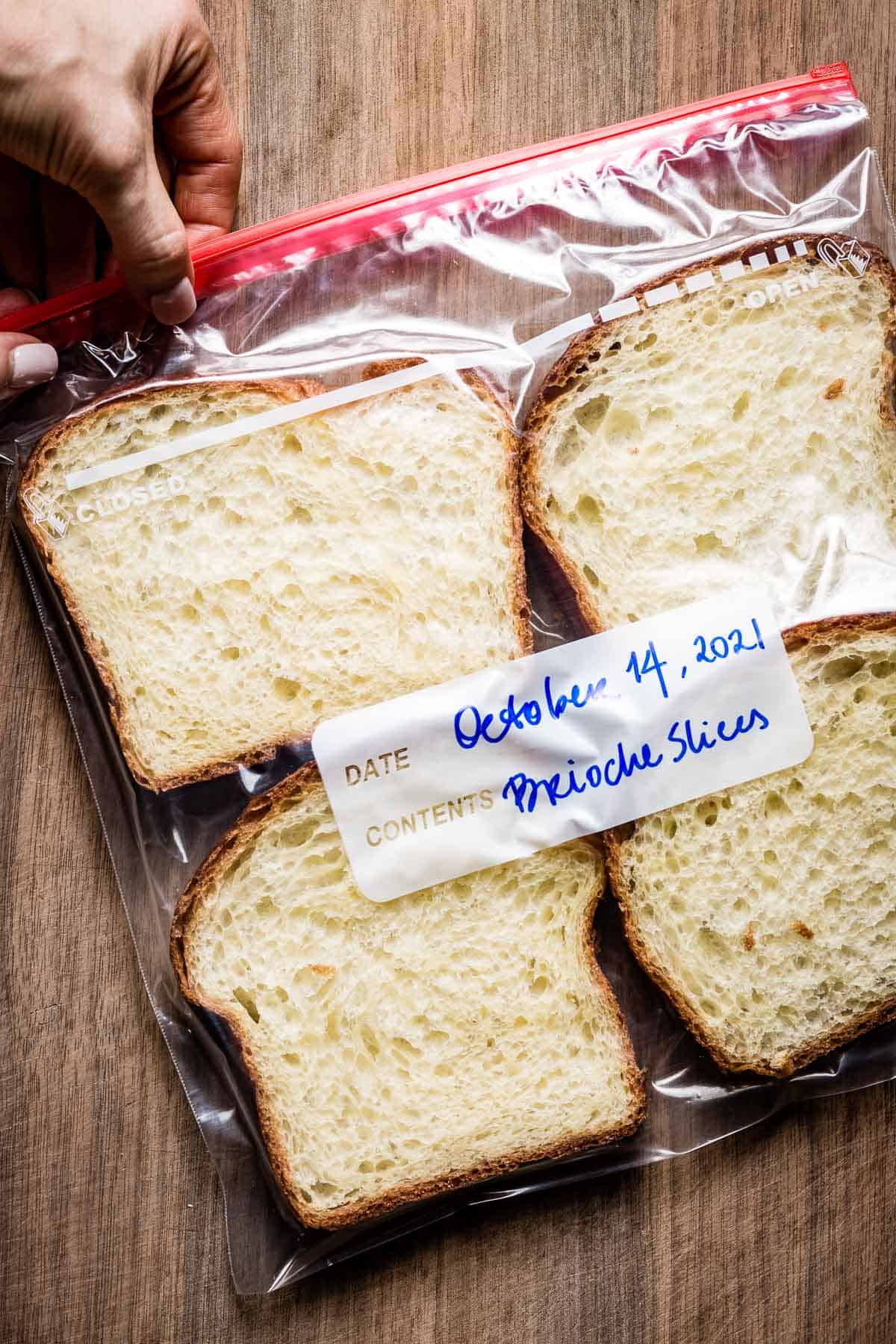
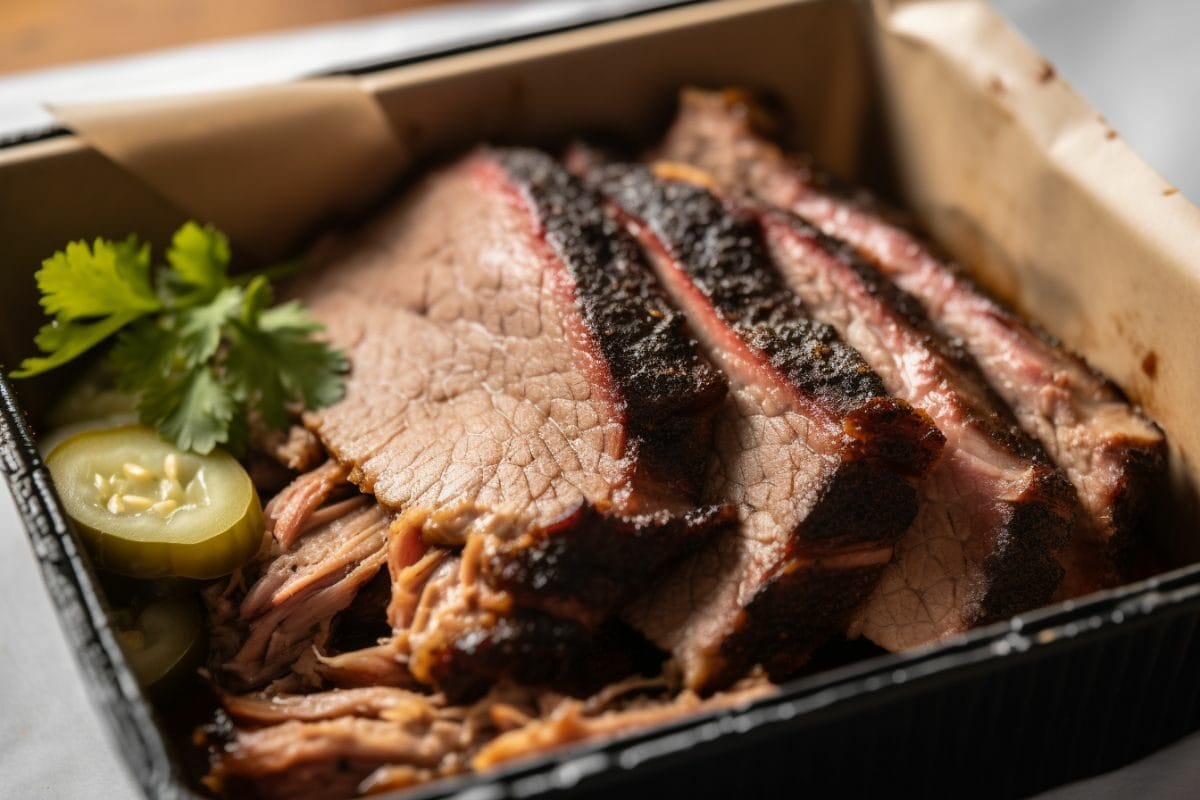
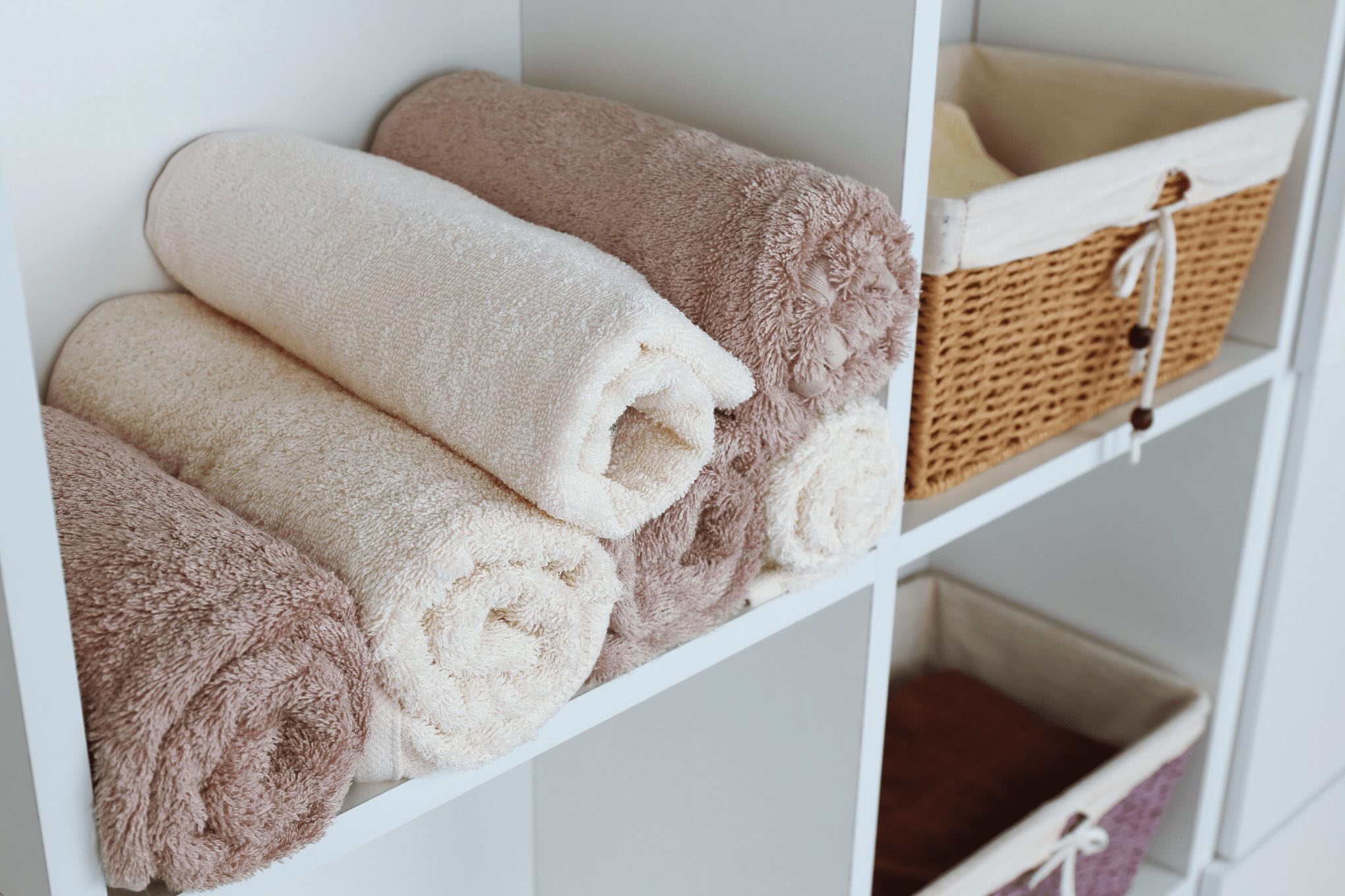
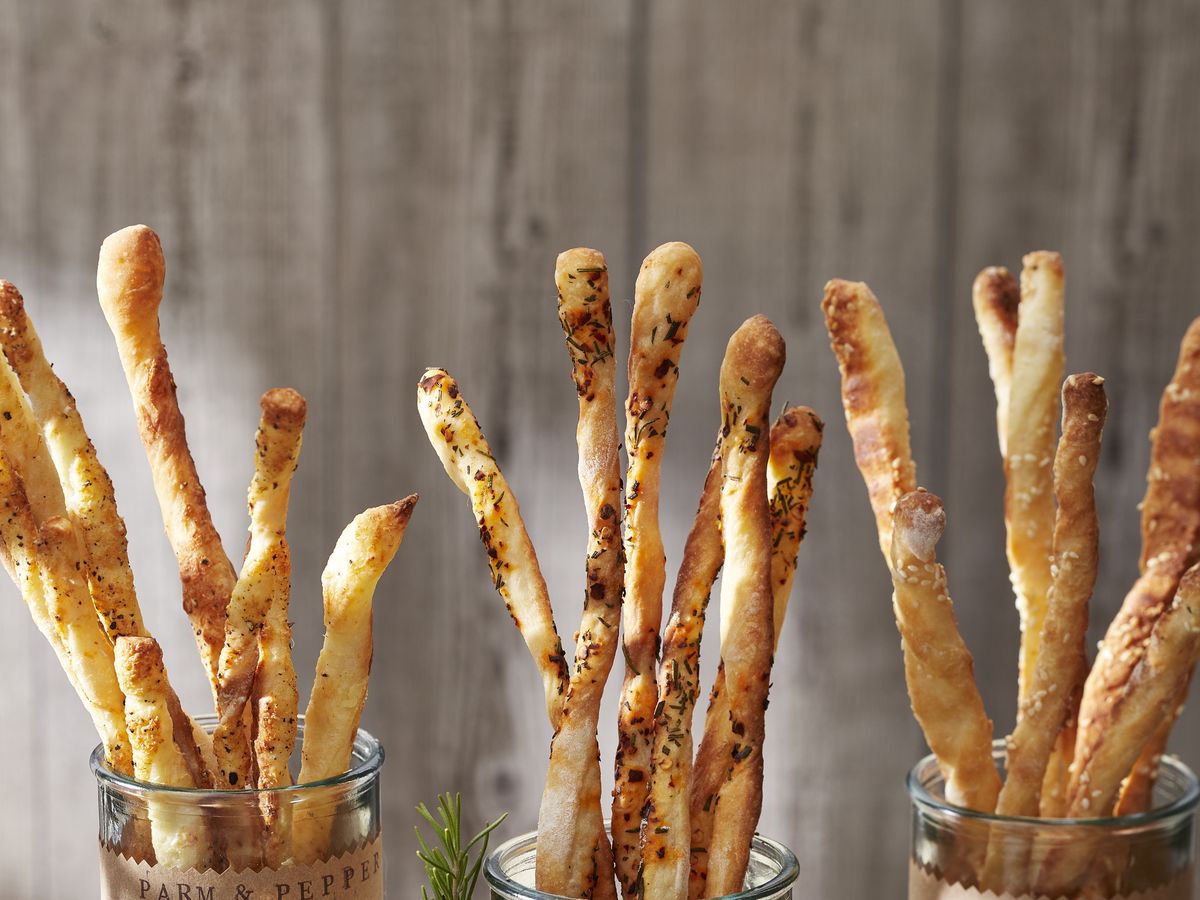
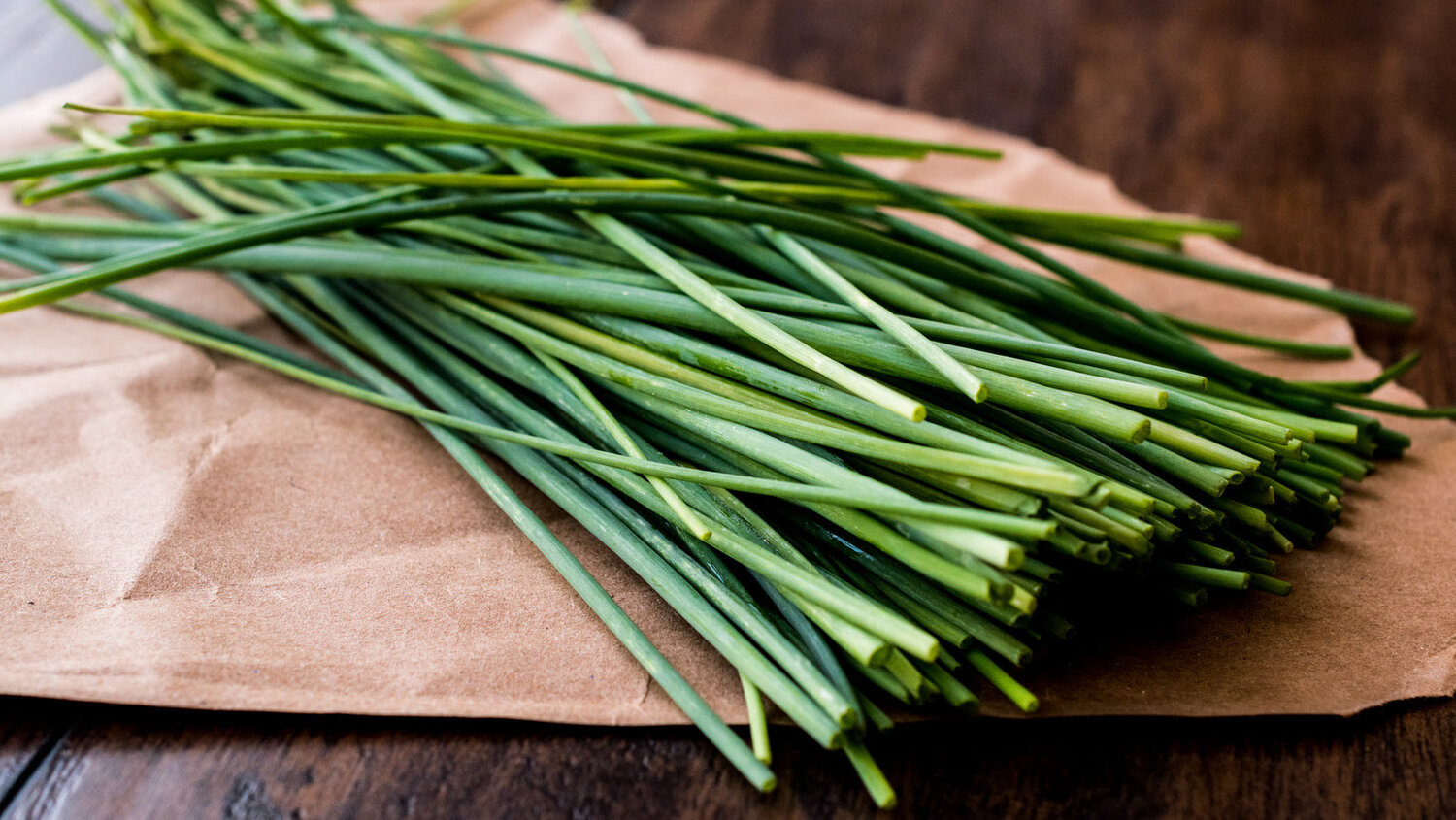

0 thoughts on “How To Store Merlot”